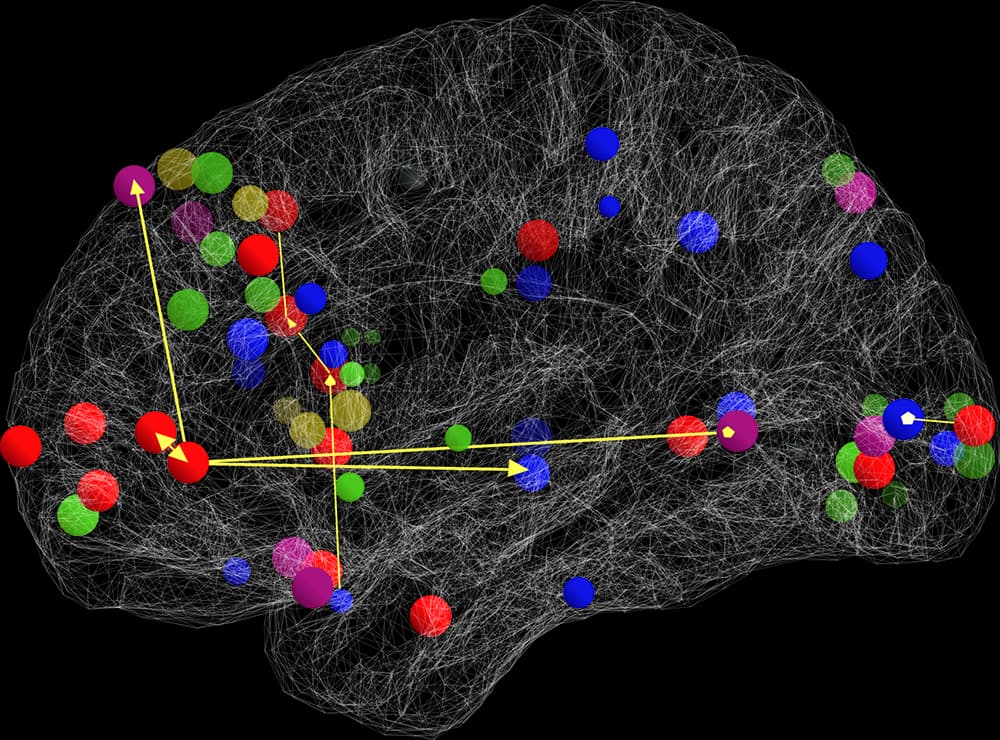In recent years, the world of neuroscience has seen a remarkable transformation in how students, researchers, and professionals learn and network. One of the major catalysts behind this change has been Neuromatch, an innovative platform designed to democratize access to high-quality education and collaboration opportunities in neuroscience.
Neuromatch was born from a simple yet ambitious idea: to make neuroscience education and networking accessible to anyone, anywhere. Founded by a group of passionate neuroscientists, Neuromatch started as an online conference during the COVID-19 pandemic, when traditional in-person academic events were impossible. What began as a temporary solution quickly evolved into a global movement that’s now reshaping the way neuroscience education and research are conducted.
The Genesis of Neuromatch
The concept behind Neuromatch was straightforward. Traditional neuroscience conferences and workshops were often exclusive, costly, and limited to those who could afford travel and registration fees. This meant that many aspiring neuroscientists, particularly those from underrepresented regions and backgrounds, were left out. Neuromatch sought to address this inequality by providing an online, community-driven platform that was open to all.
The inaugural event, Neuromatch Conference (NMC), took place in 2020 and attracted thousands of participants from around the world. The virtual format allowed people from all continents to attend without any financial burden. What made Neuromatch truly unique, however, was its use of algorithms to match participants based on their research interests, ensuring meaningful networking opportunities. This “matchmaking” concept became a core feature and helped establish the platform’s reputation.
Neuromatch Academy: Redefining Neuroscience Education
Following the success of the conference, the team behind Neuromatch decided to expand its offerings by launching Neuromatch Academy (NMA), a virtual summer school for neuroscience. NMA has quickly gained recognition as one of the most comprehensive and inclusive educational programs in the field.
What sets Neuromatch Academy apart from traditional educational programs is its emphasis on active learning, mentorship, and inclusivity. The curriculum is designed to cater to learners at various levels, from beginners to advanced researchers. NMA covers topics ranging from the fundamentals of computational neuroscience to cutting-edge research methodologies.
The program is structured around interactive, problem-based learning, where participants work on projects in small groups with guidance from mentors. This hands-on approach not only enhances learning but also fosters collaboration and a sense of community among participants. Additionally, NMA offers scholarships and waivers to ensure that financial constraints are never a barrier to learning.
The Power of Community and Open Science
At its core, Neuromatch is driven by the principles of open science and community engagement. The platform encourages collaboration and the sharing of knowledge, breaking down the traditional silos that often exist in academia. Through forums, discussion groups, and regular events, Neuromatch has created a vibrant global community of neuroscientists who support one another in their learning and research journeys.
Another significant aspect of Neuromatch’s philosophy is its commitment to open-source resources. The educational materials developed for Neuromatch Academy, including lectures, coding tutorials, and datasets, are freely available to anyone interested. This open-access approach ensures that knowledge is not restricted to those with institutional affiliations or financial resources.
Challenges and Future Directions
While Neuromatch has achieved tremendous success in a short period, it is not without its challenges. Maintaining the platform’s accessibility and quality as it continues to grow requires sustained effort and resources. Moreover, there is the ongoing challenge of keeping the community engaged and active beyond the major events like the academy and conference.
Looking ahead, the future of Neuromatch looks promising. There are plans to introduce more specialized courses, expand regional chapters, and continue refining the algorithmic matchmaking process to enhance networking opportunities. Additionally, Neuromatch aims to establish partnerships with universities and research institutions to further integrate its programs into formal education systems.
Conclusion
Neuromatch is more than just a platform; it’s a movement that is democratizing neuroscience education and networking. By leveraging technology, community-driven initiatives, and a commitment to inclusivity, Neuromatch is setting a new standard for how science is learned and shared. As the platform continues to evolve, it’s likely that its impact will only grow, paving the way for a more equitable and interconnected global neuroscience community.




